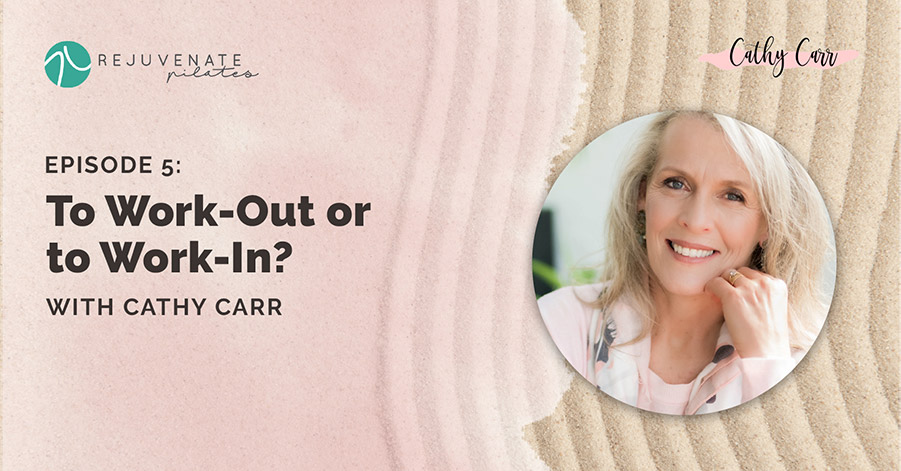Whenever I work with new clients, I make sure to develop a physiological profile or physiological load. This allows me to evaluate what’s the best movement or workout strategy for her.
I always believe that we are all exposed to six different types of stressors (which will be in an entirely different blog) that affect how our bodies and mind function. These stresses are psychological, chemical, physical, electromagnetic frequency, thermal, and nutritional stress.
All the factors that come into play with these stressors will influence us and our way of living. That’s why I acknowledge the importance of creating an assessment of the client first, so I know if I can work her in or work her out.
Knowing how my clients live allows me to fully understand how I can be the best help. If I’m going to encourage and motivate my client to move, I have to check through all her symptoms, how she has lived in the past and how she is living now.
Whether the client is under stress or not, I would still encourage her to move, but this movement will not result in more cortisol production in the body. This is part of my working in or working out process.
This process allows me to create movement strategies that help calm the system, have no excessive sweating, and cultivate energy. These methods will not increase core temperature and respiration, so clients won’t puff or get out of breath.
I noticed that whenever my clients are in a high-stressed state or when they are wired, and they engage in a workout, this becomes the tipping point of getting sick. Their immune system depletes.
When I was a young girl, I used to be very passionate about Netball. My team and I would play in competitions that were usually held around 9 p.m. I remember going home after the game, I felt so wired, and it took me ages to go to sleep.
This was such a high-intensity moment that happened at a time when I should be winding down, reducing my cortisol. Looking back, this moment has taught me that we need to manage our stresses.
We still need to move, that’s a given, but we need to move in a way that will not deplete energy afterward or make us too wired at the time when we should be relaxing.
I usually advise my clients, women who are aged anywhere between 35 and 70 years old, to exercise mid-morning especially when they are stressed. The best time to work out is during the morning and work-in for both morning and evening.
The work-in movements are slow and rhythmical like Tai chi, Qigong, any breath works, or even long, slow walks on the beach. These are meant to keep your core temperature and breathing down.
While a work-out is a movement that can increase your core temperature and gets you pumped but not at all depleted.
The work-in and work-out process allow me to hone better relationships with my clients. I get to help them improve themselves and in return, I gain more knowledge about how to become a rejuvenated woman.



